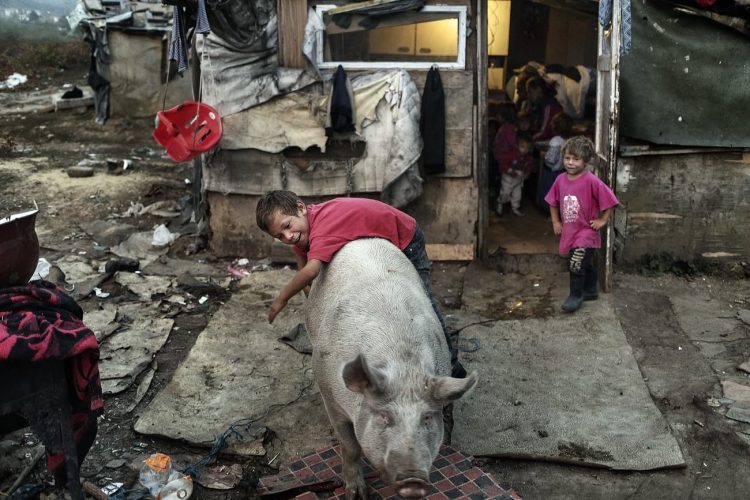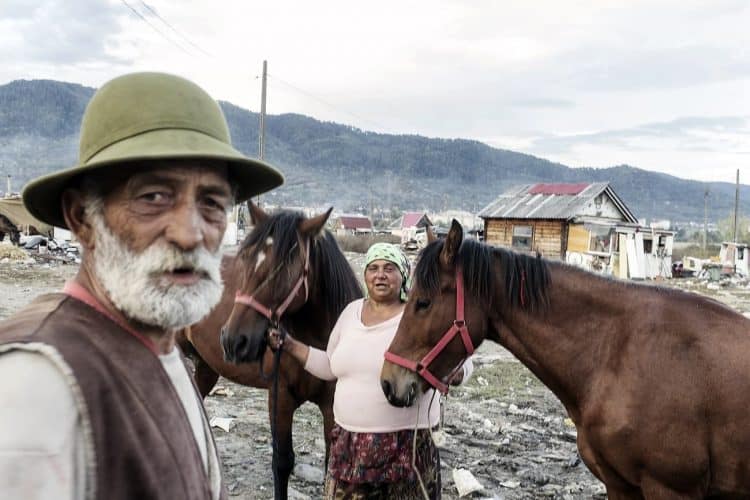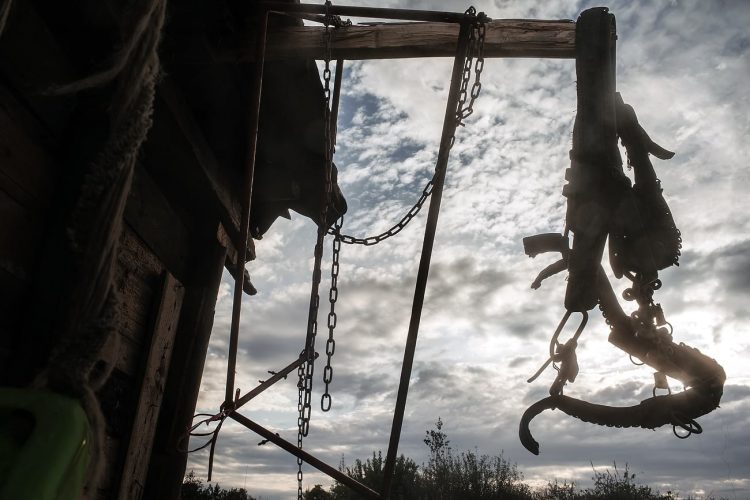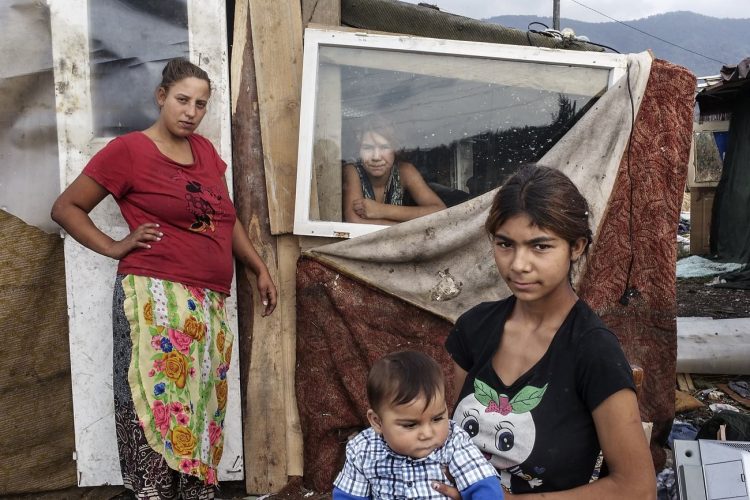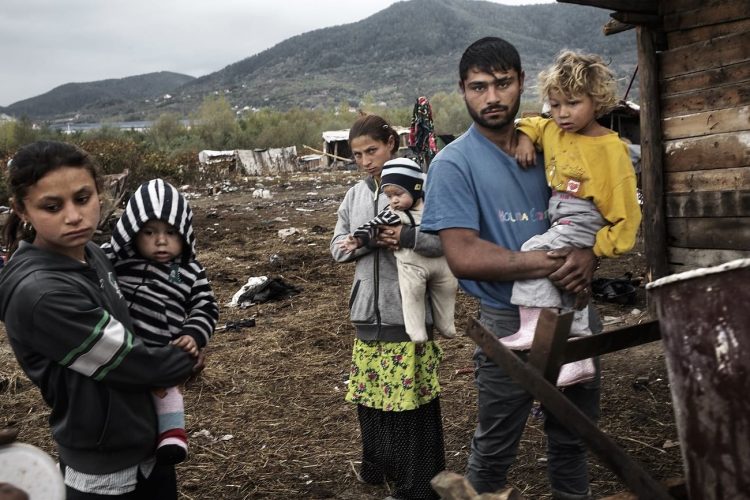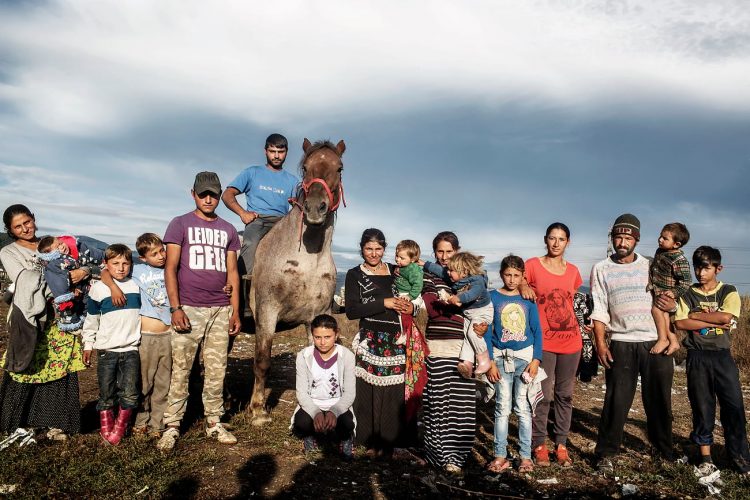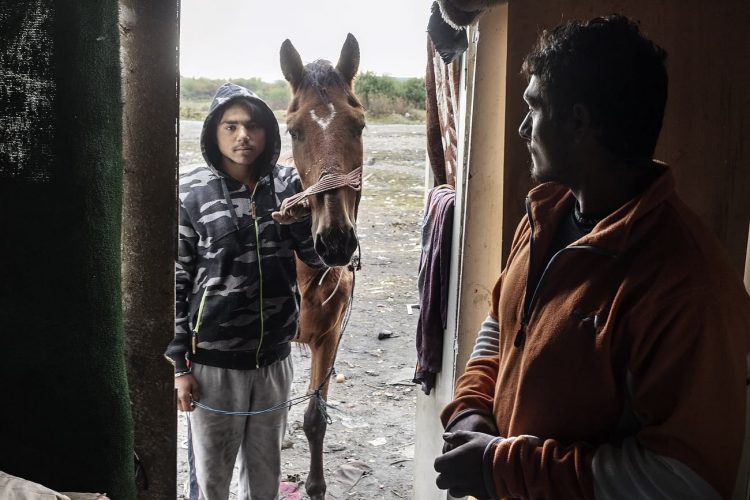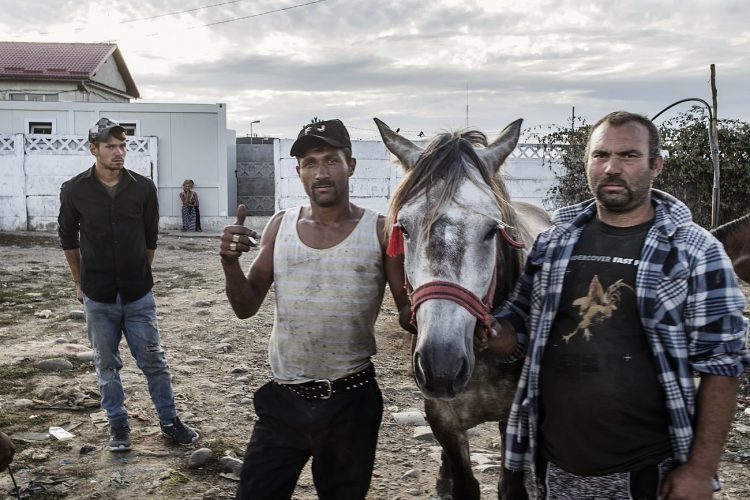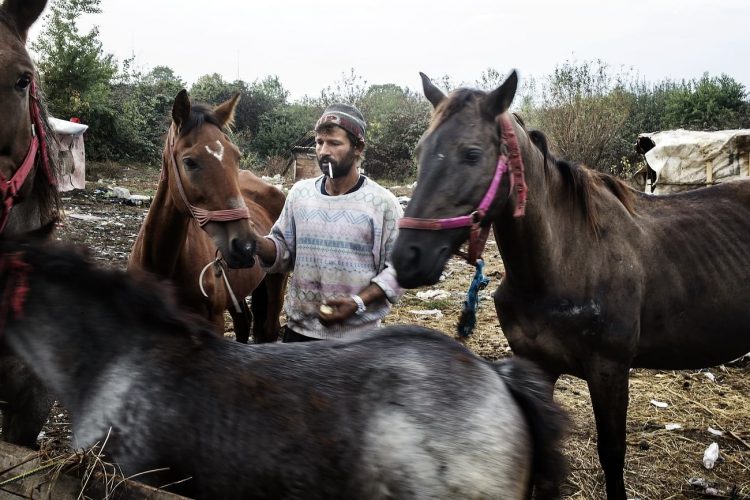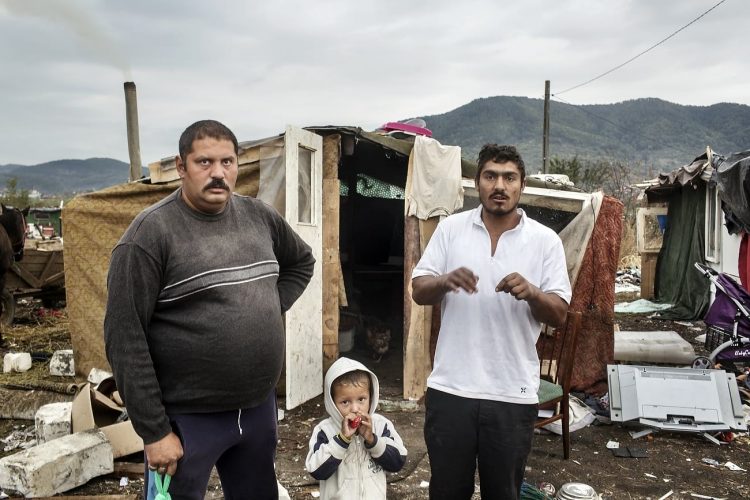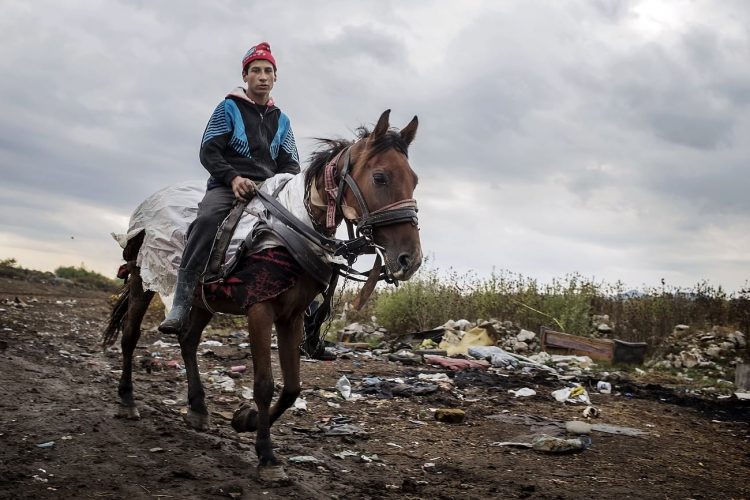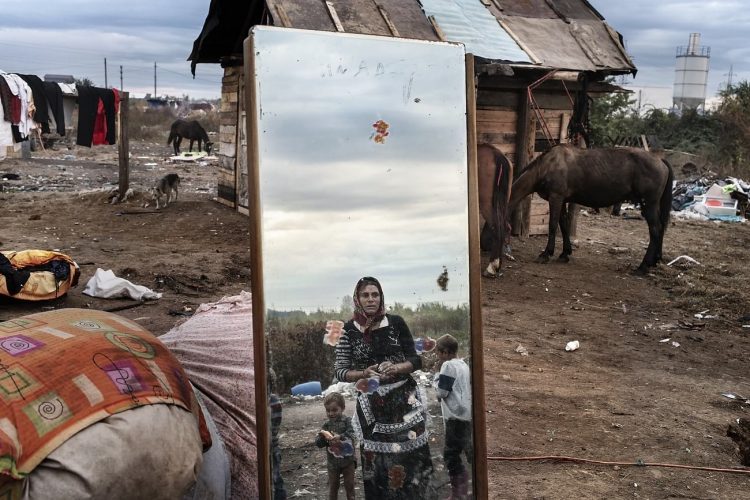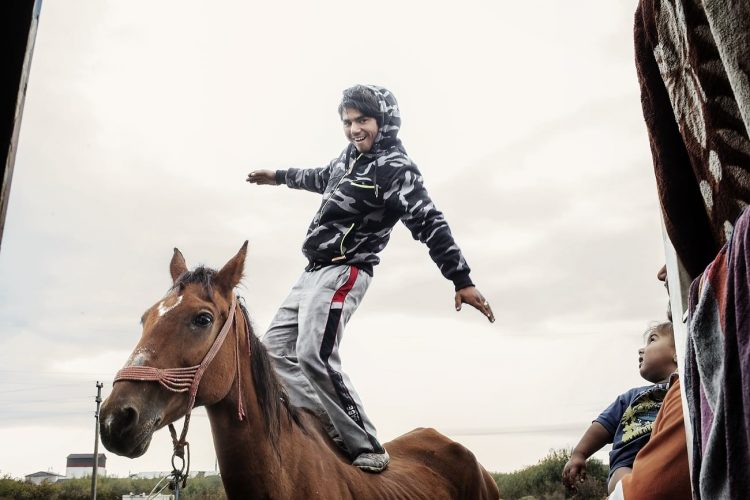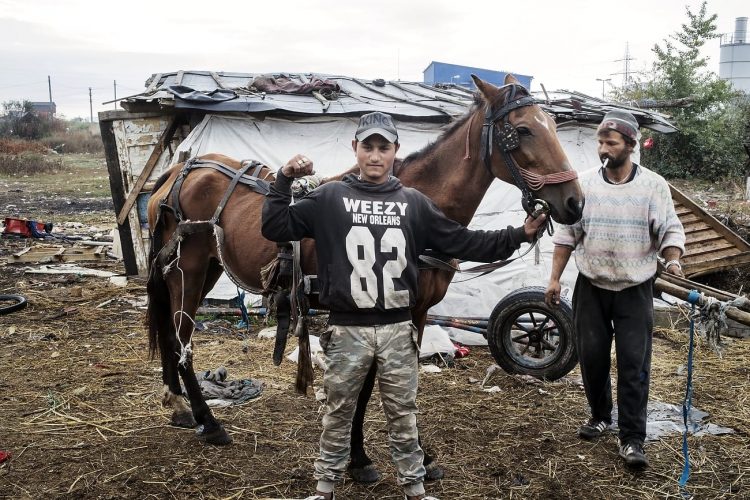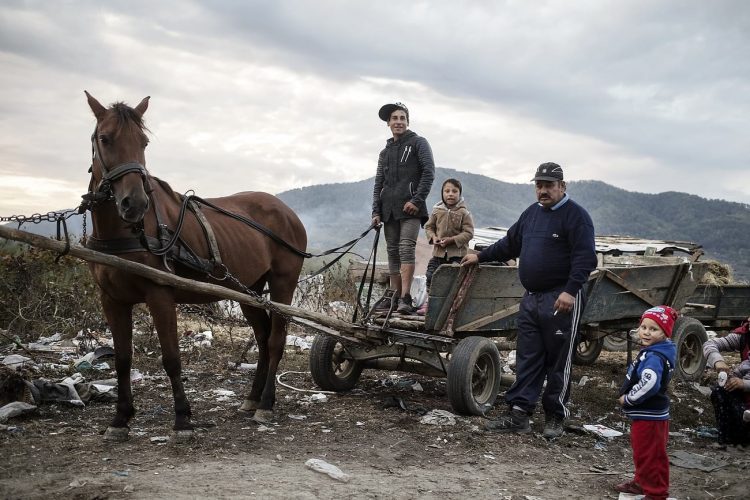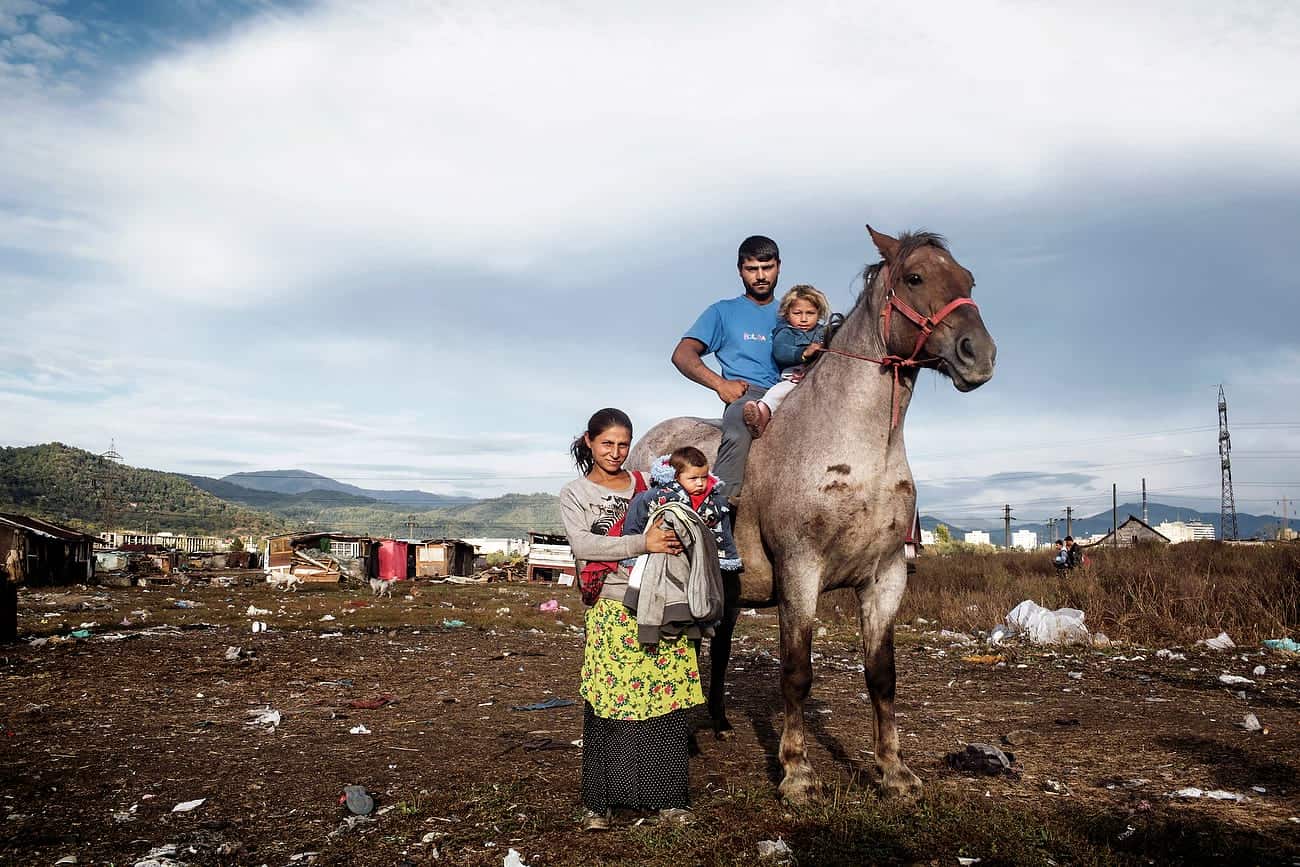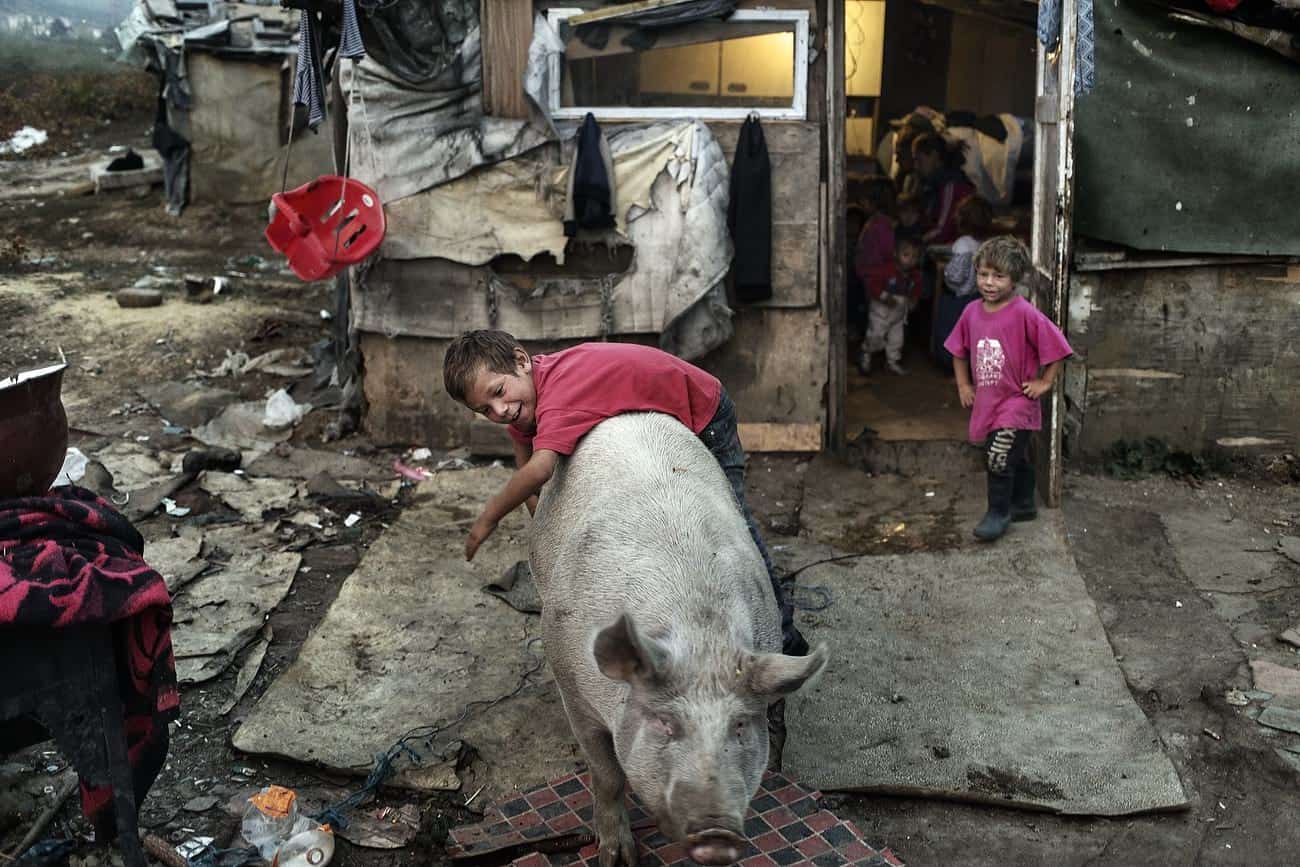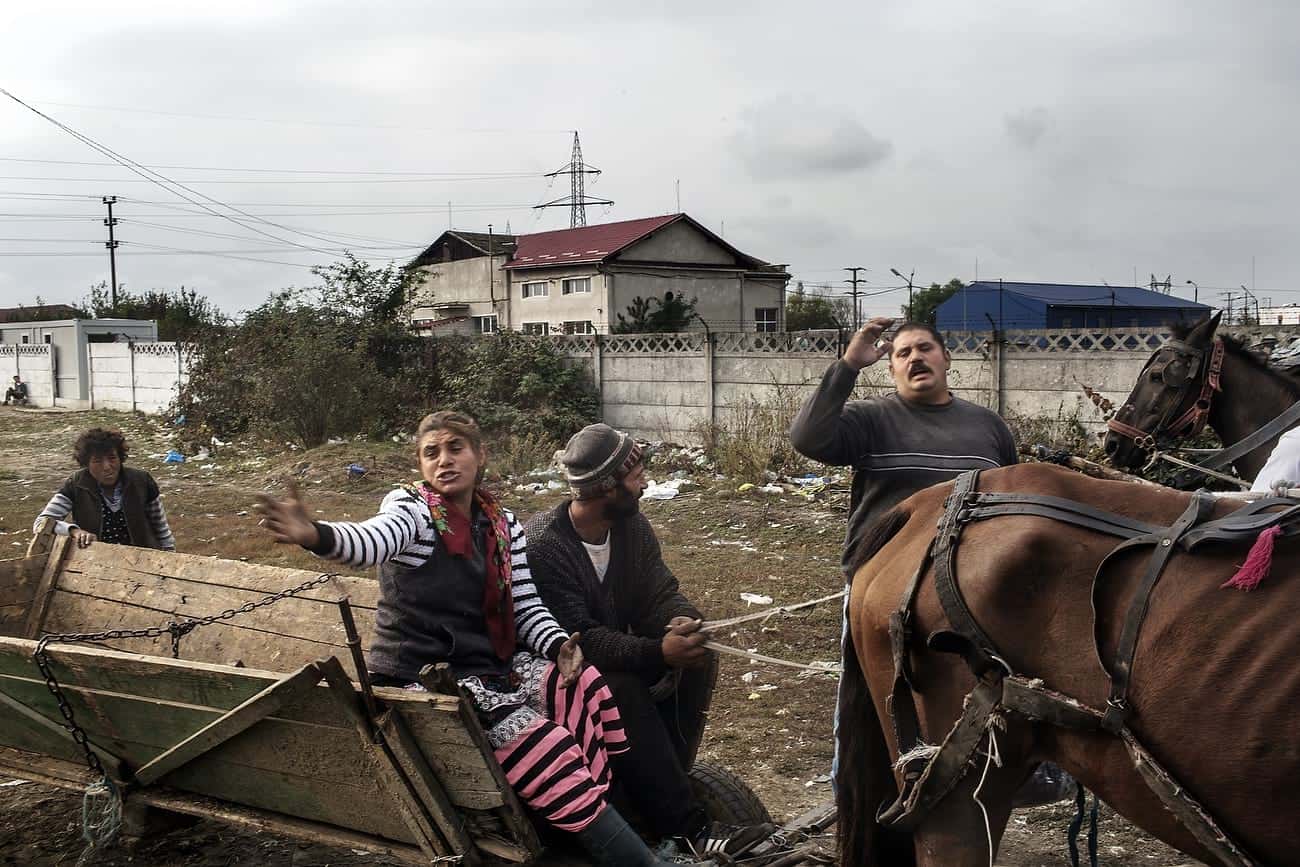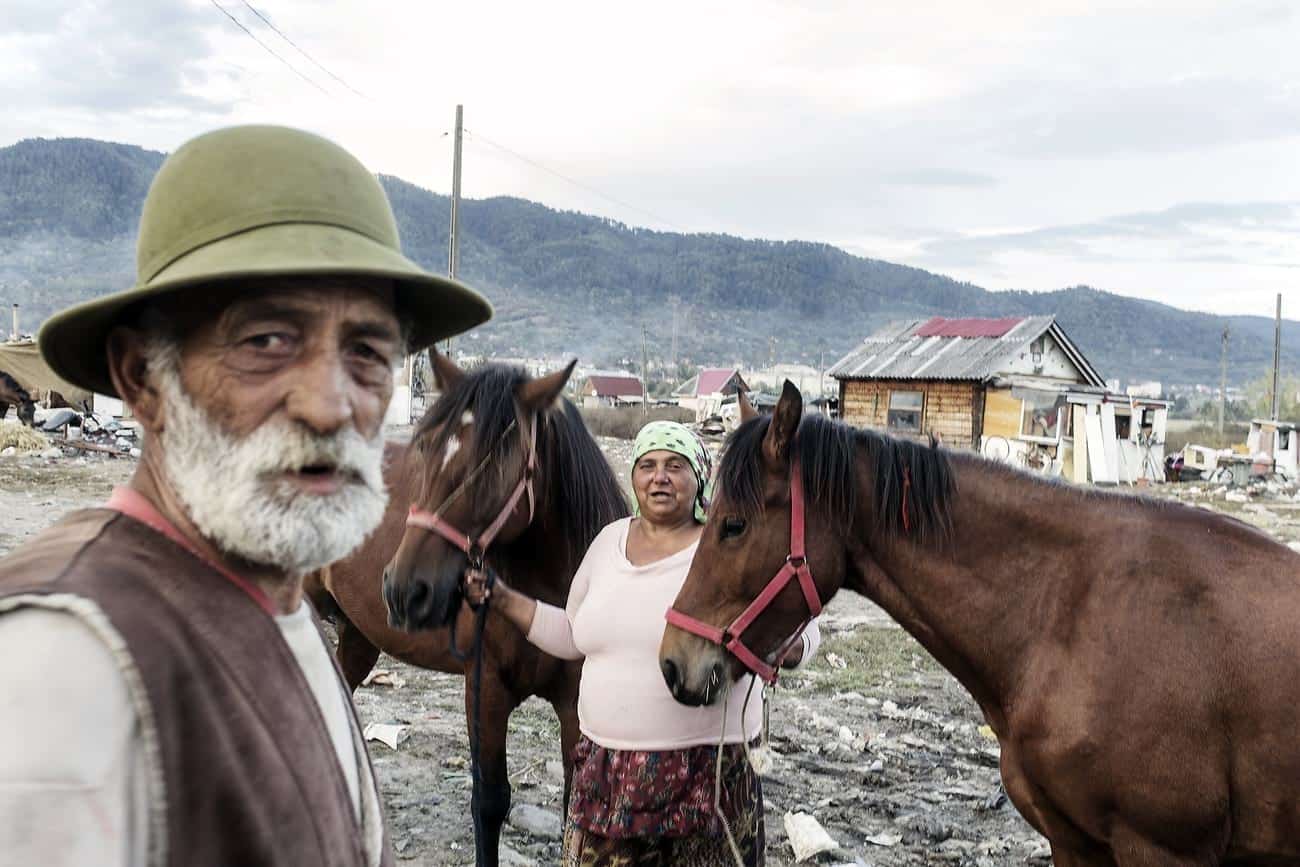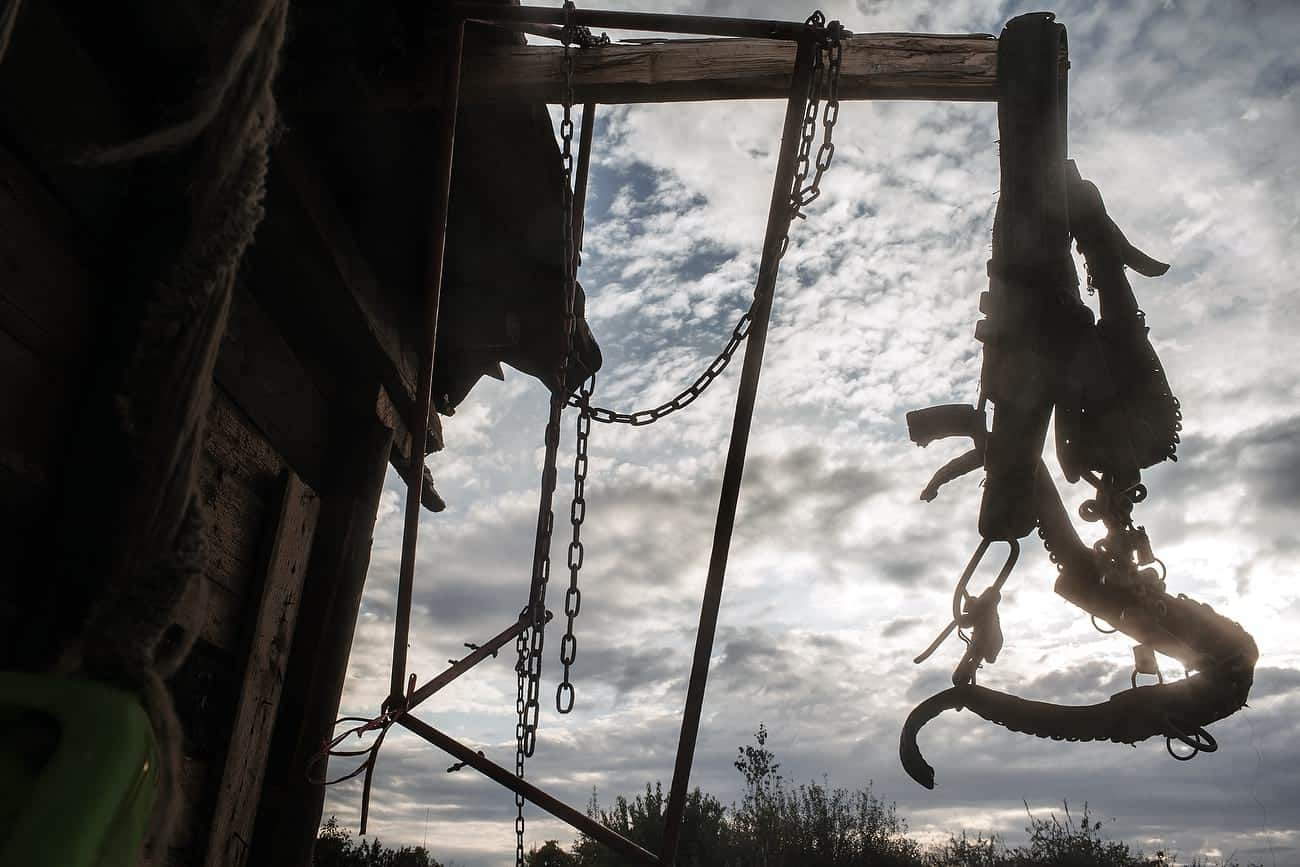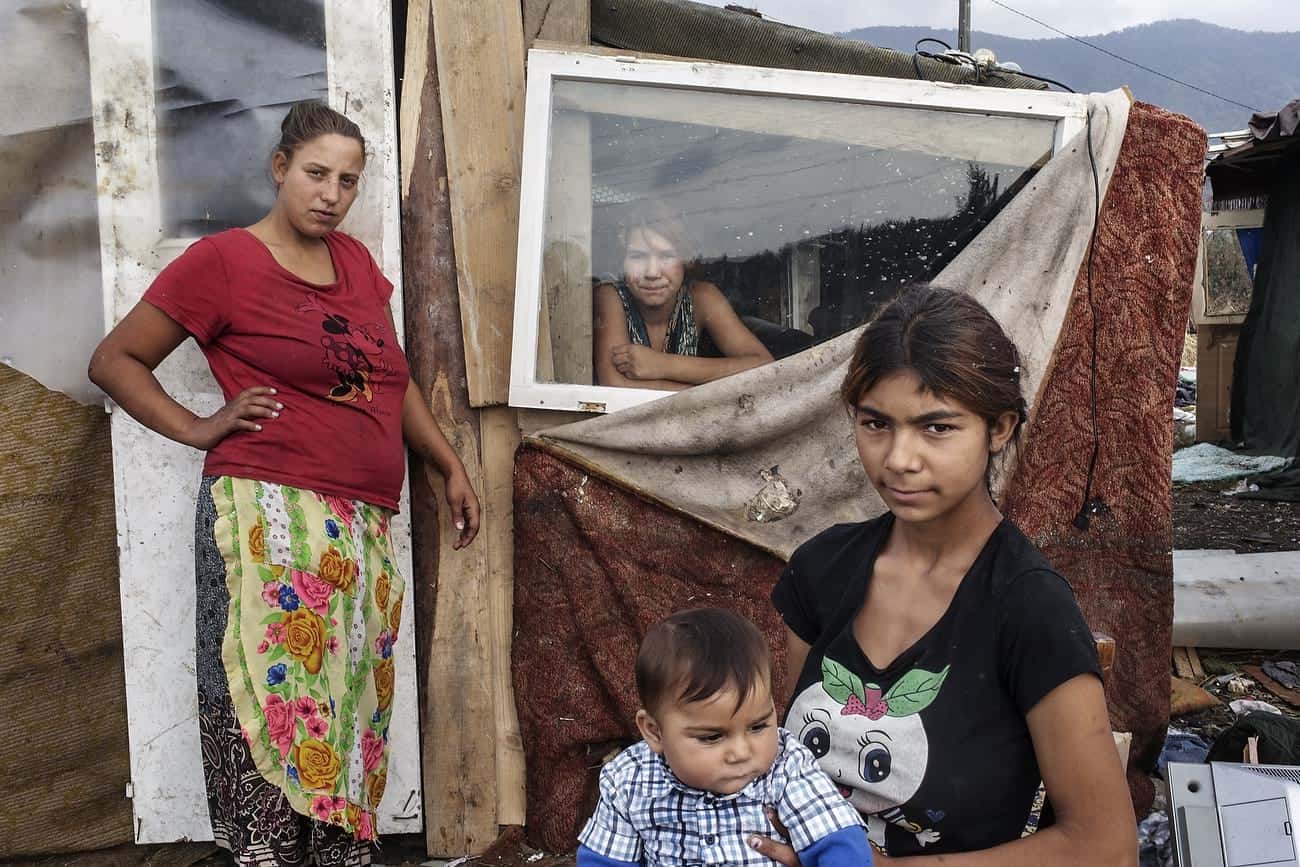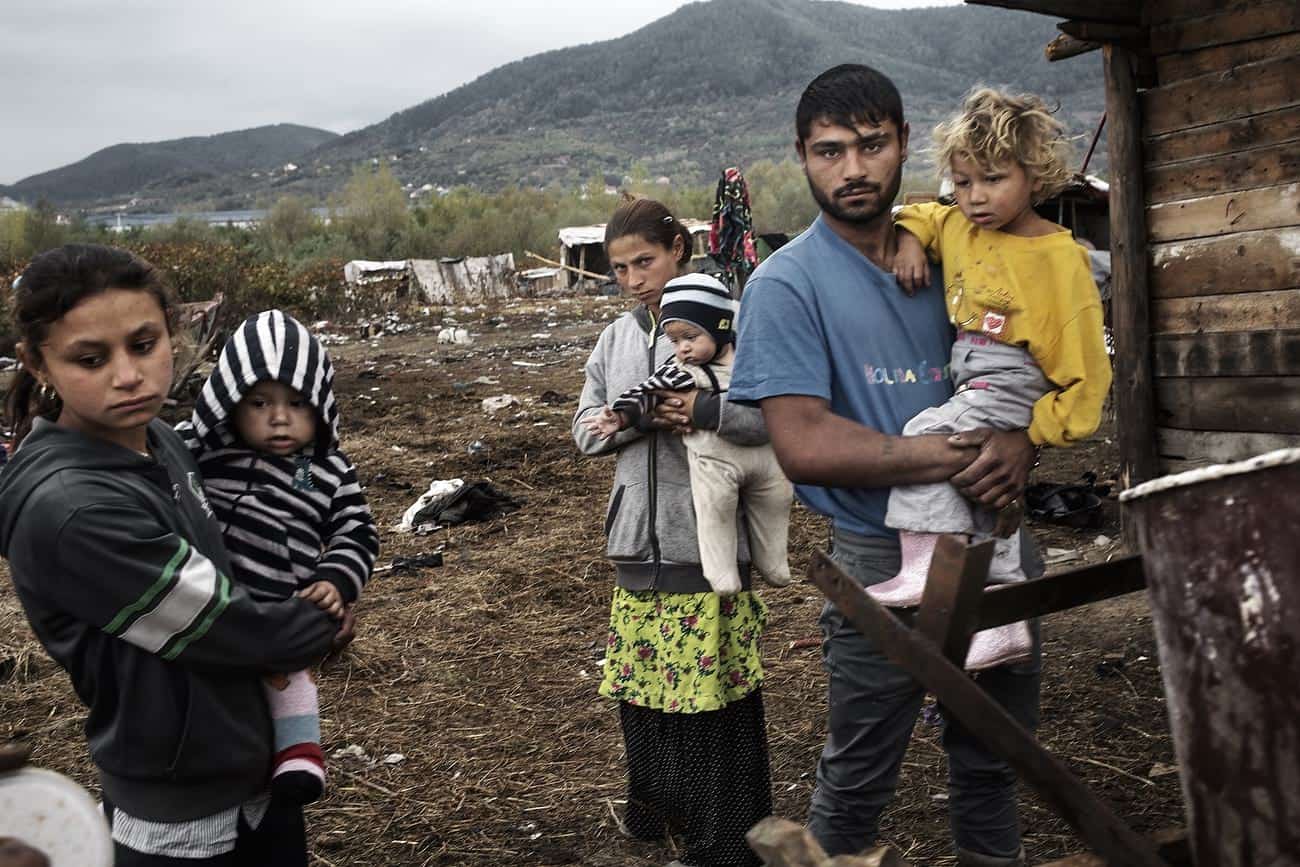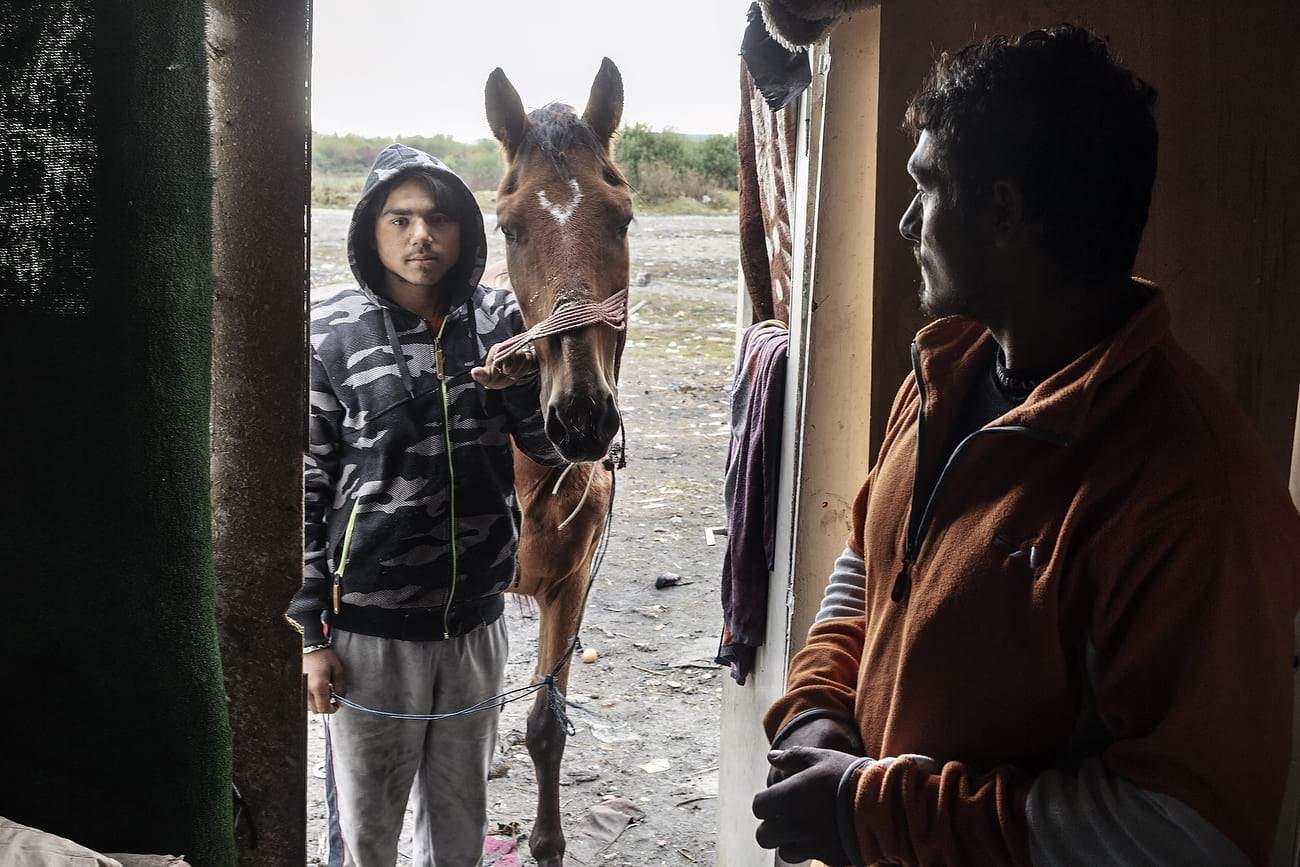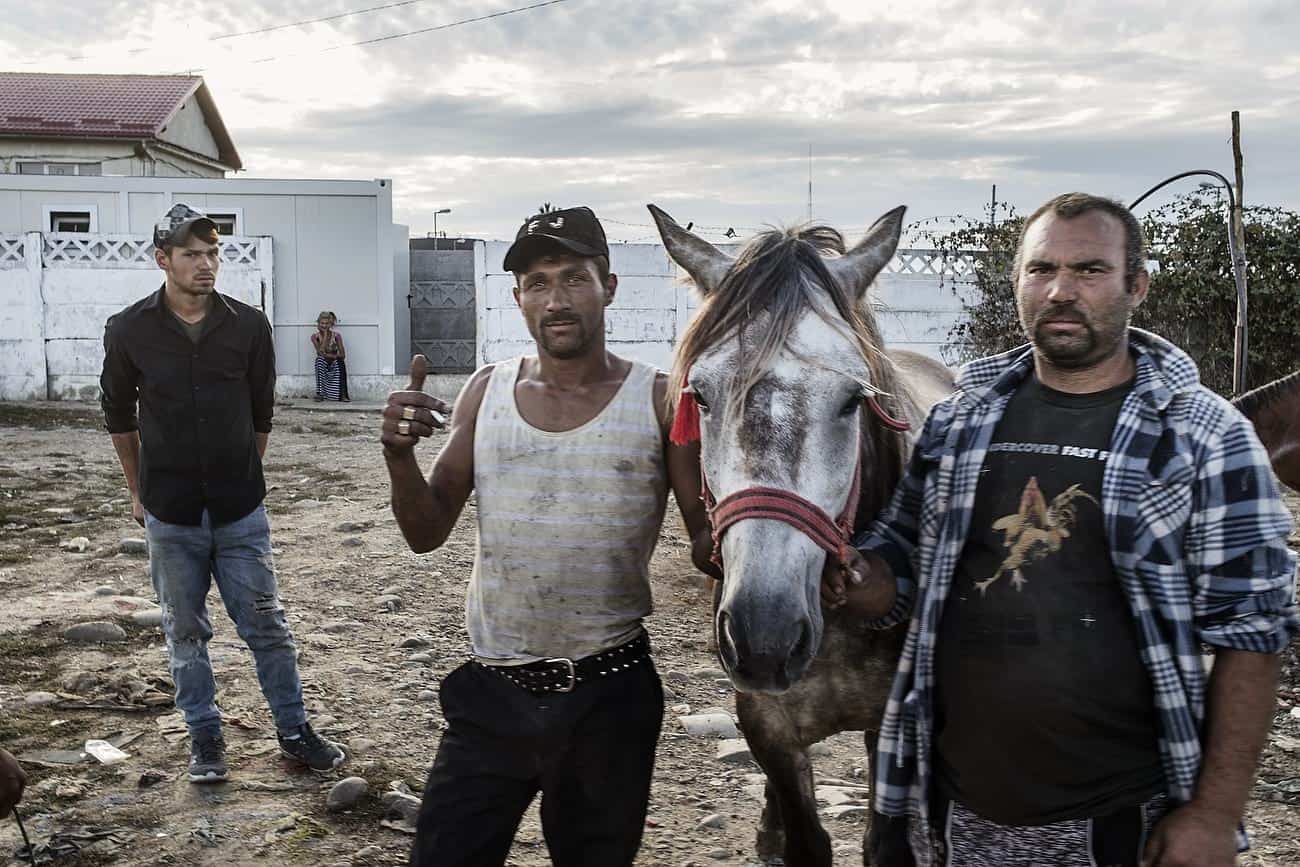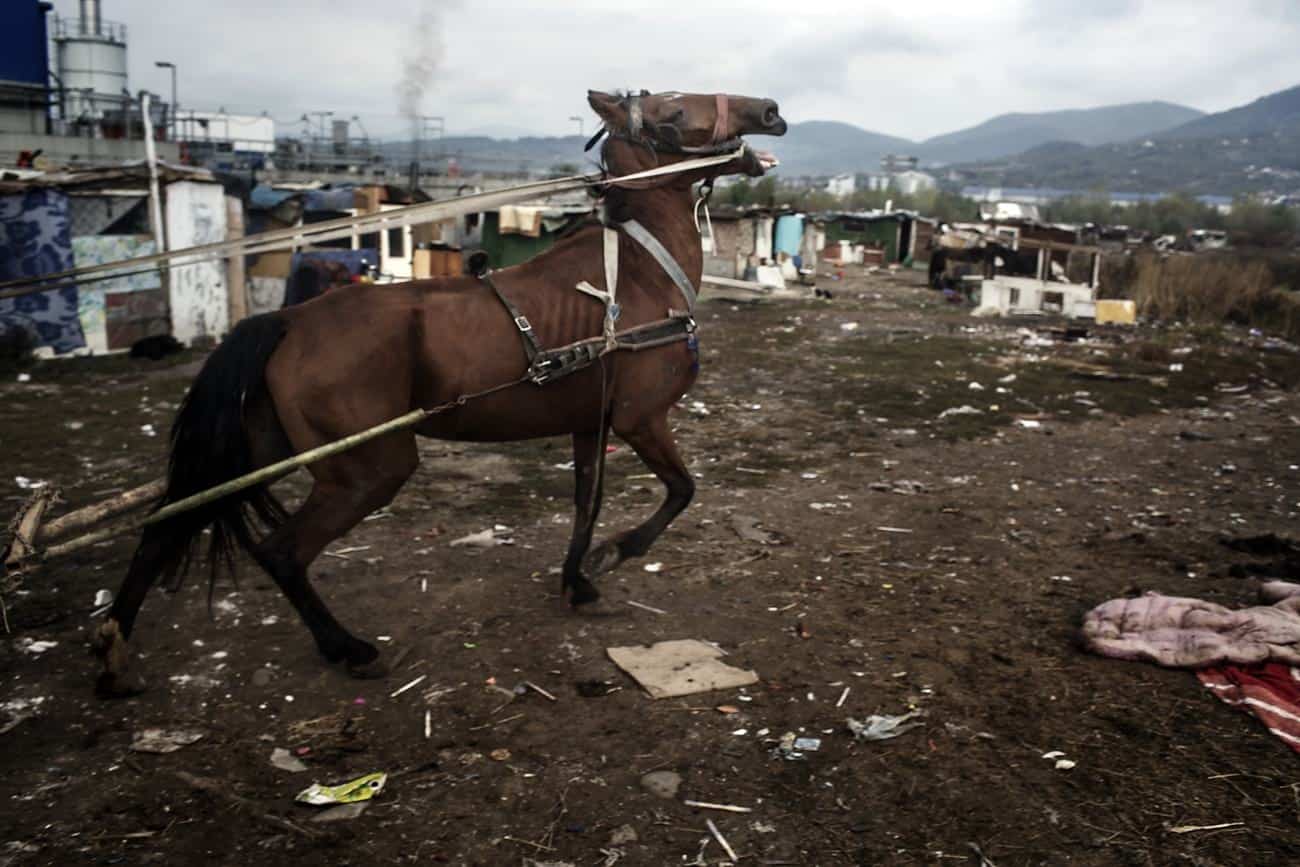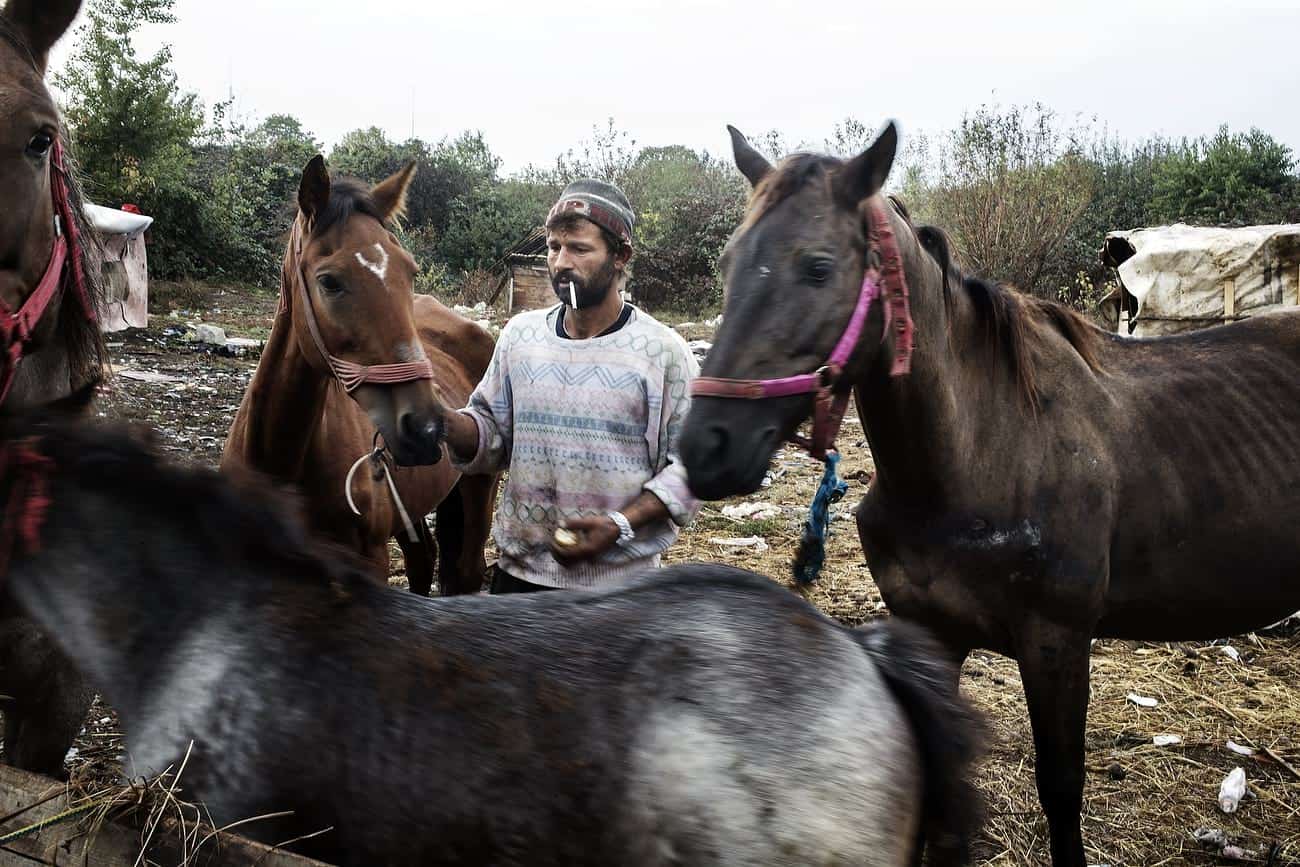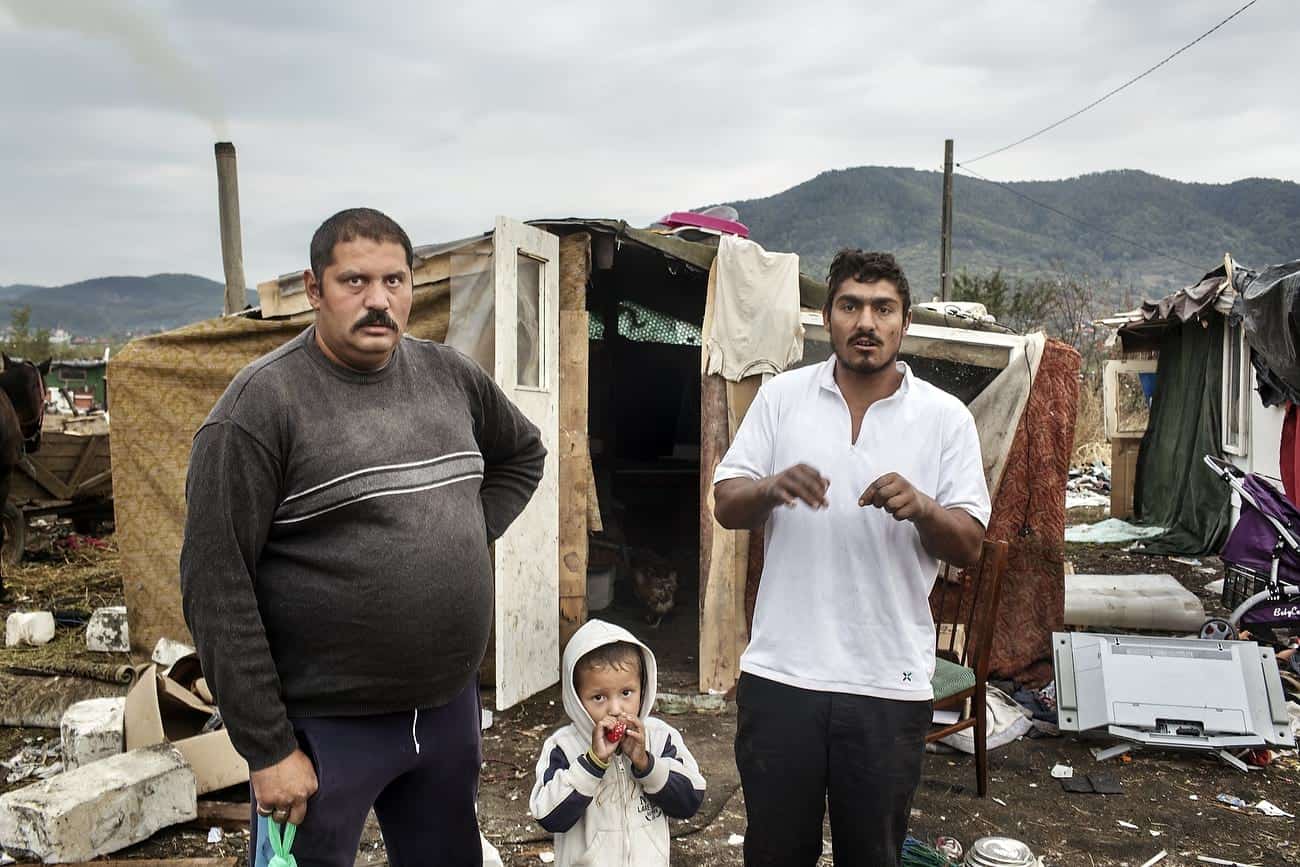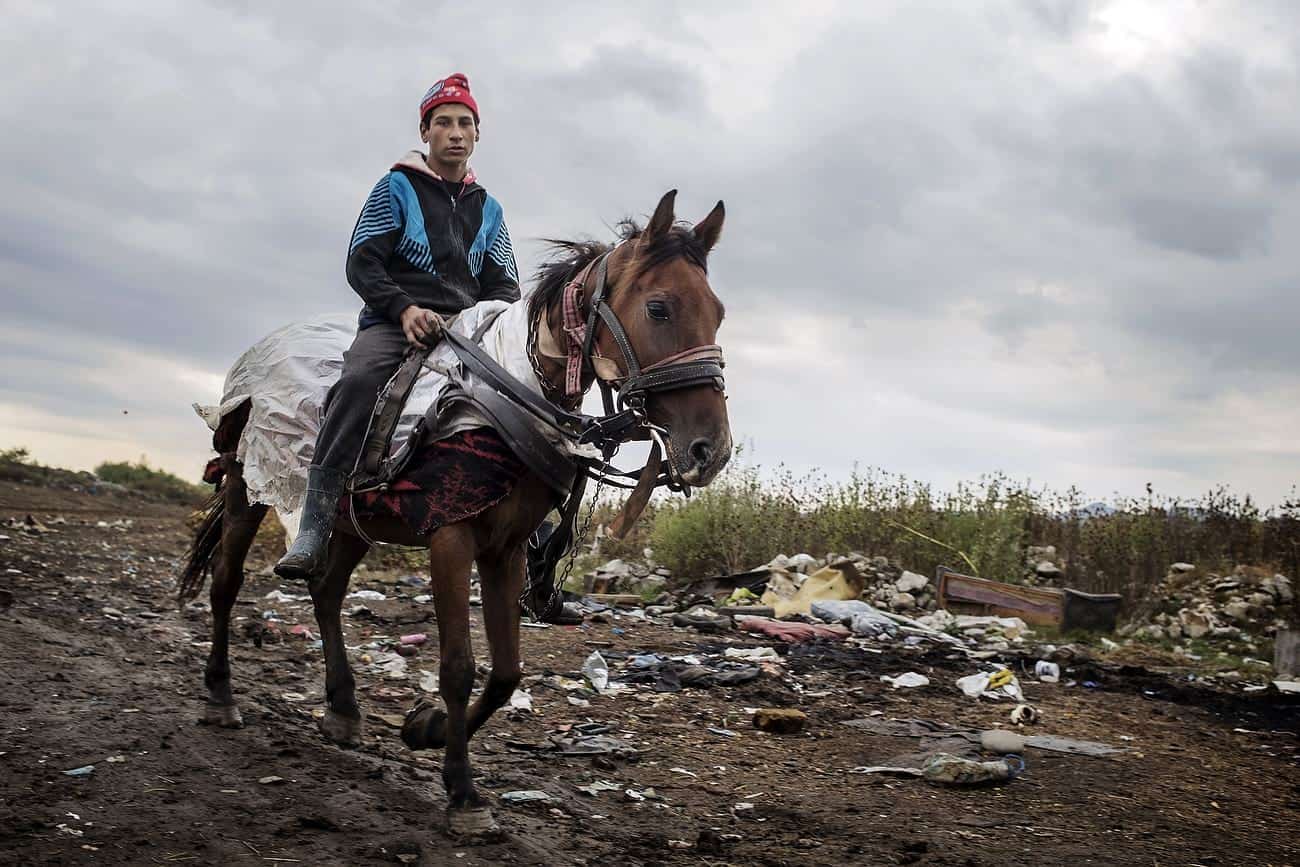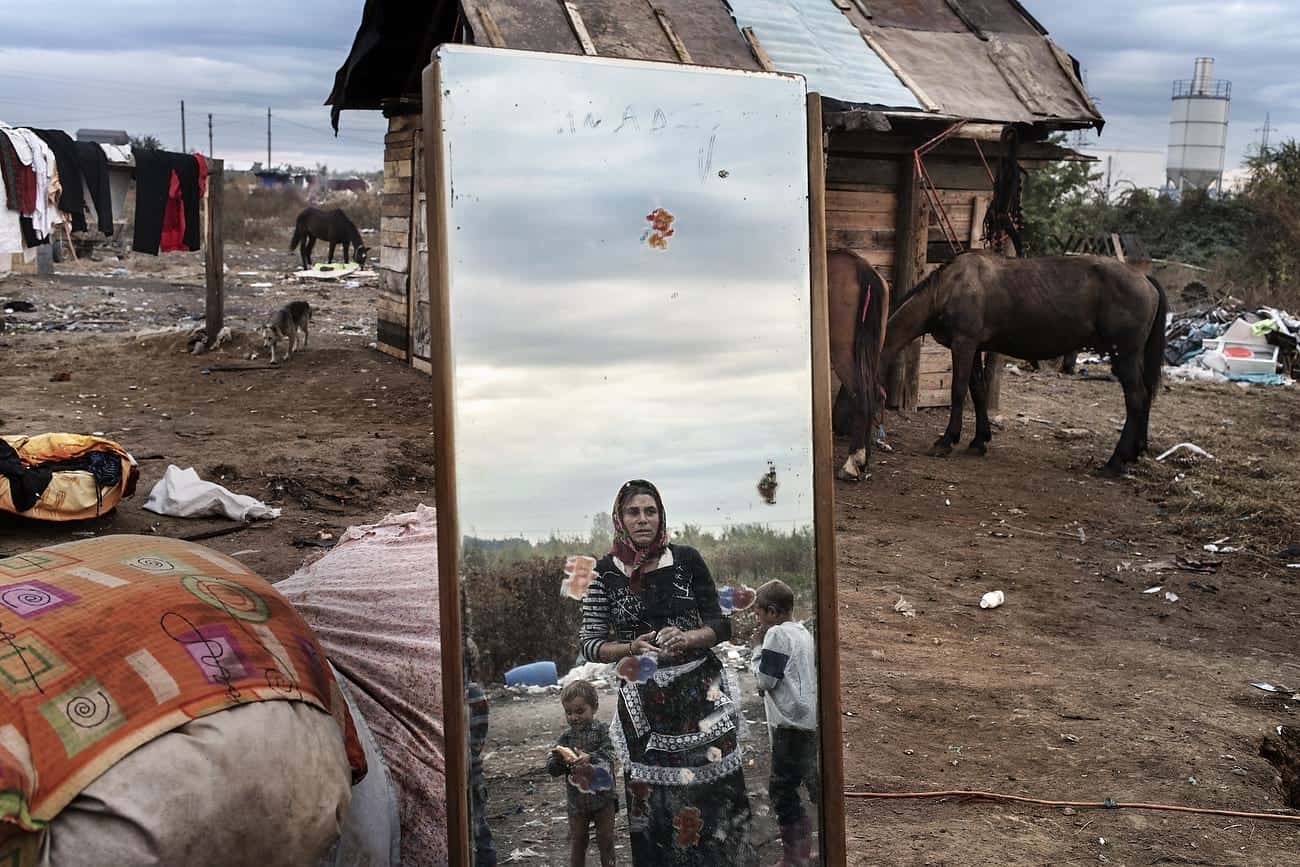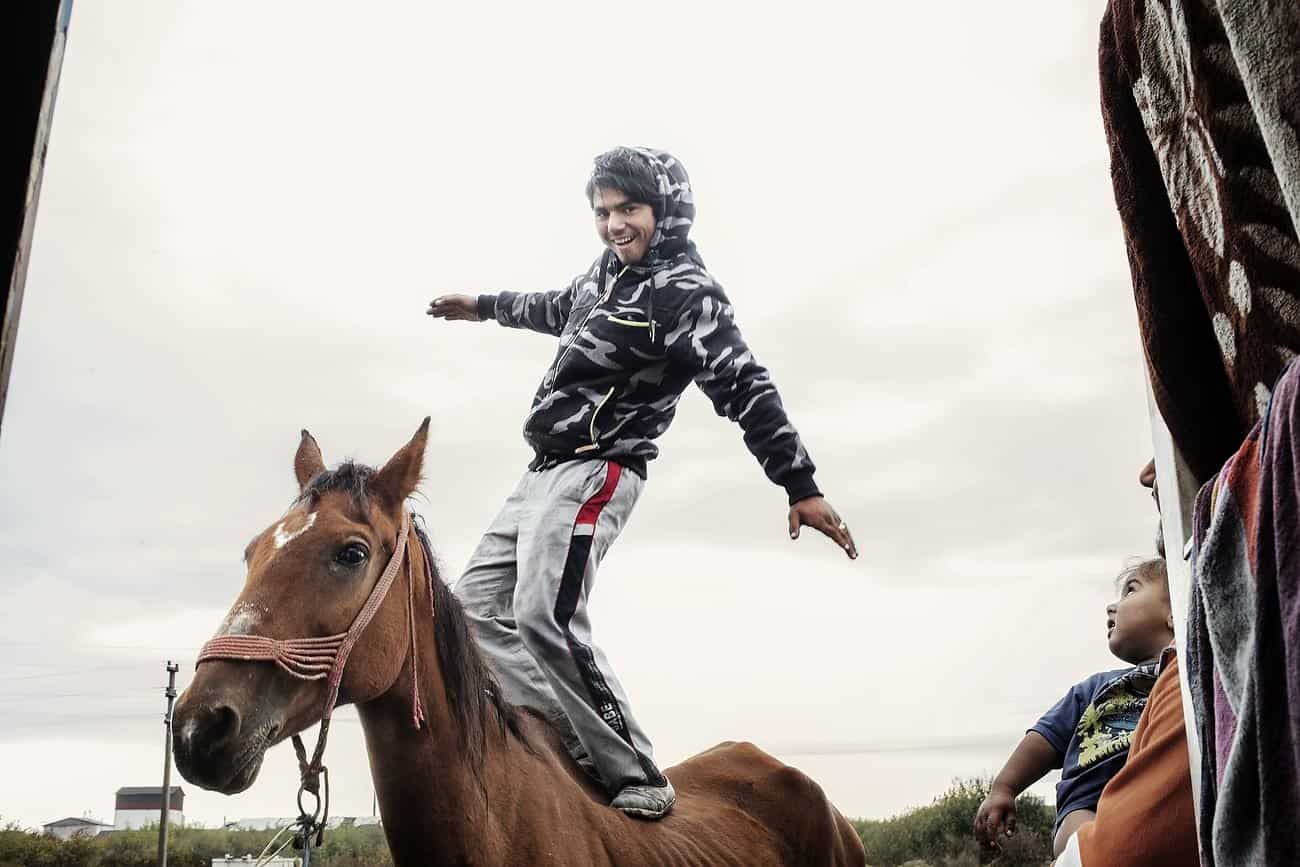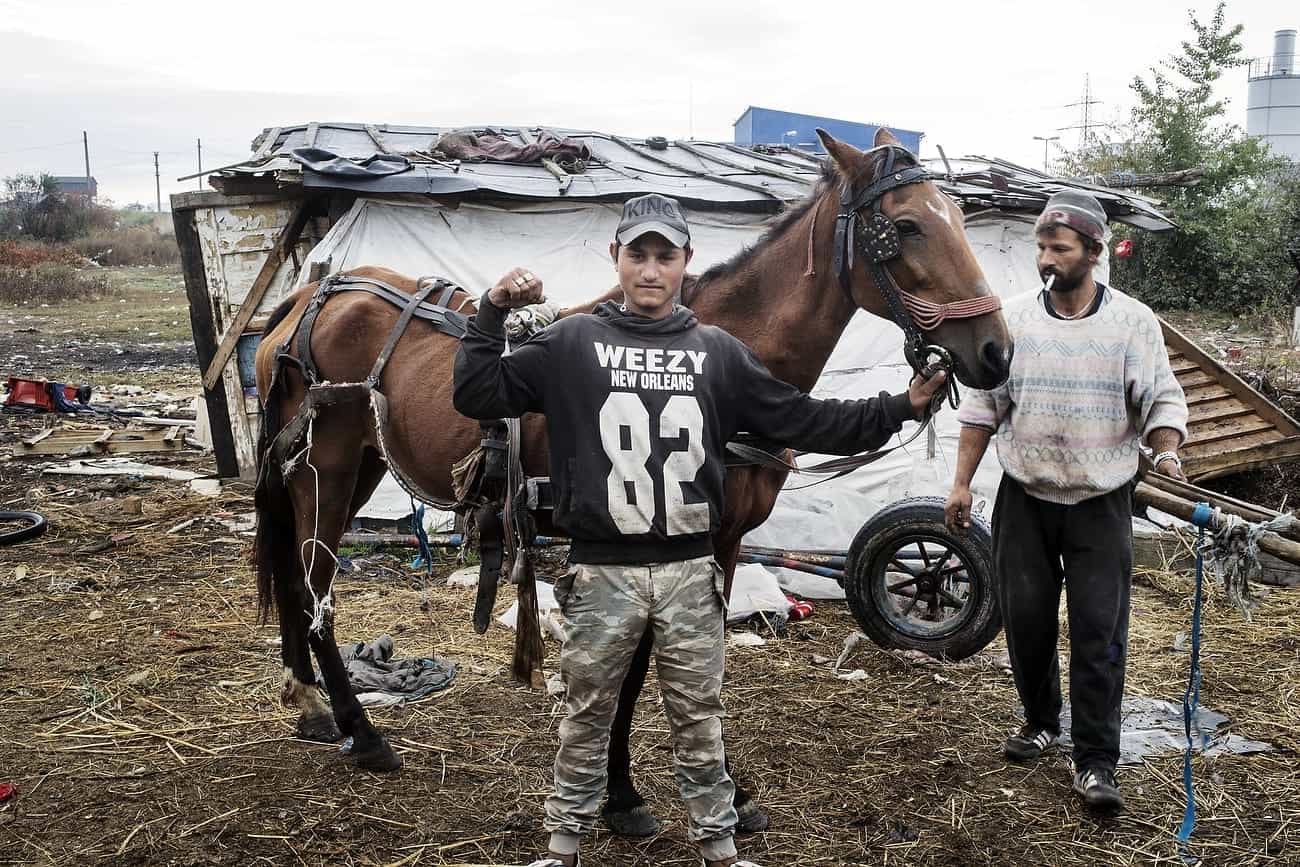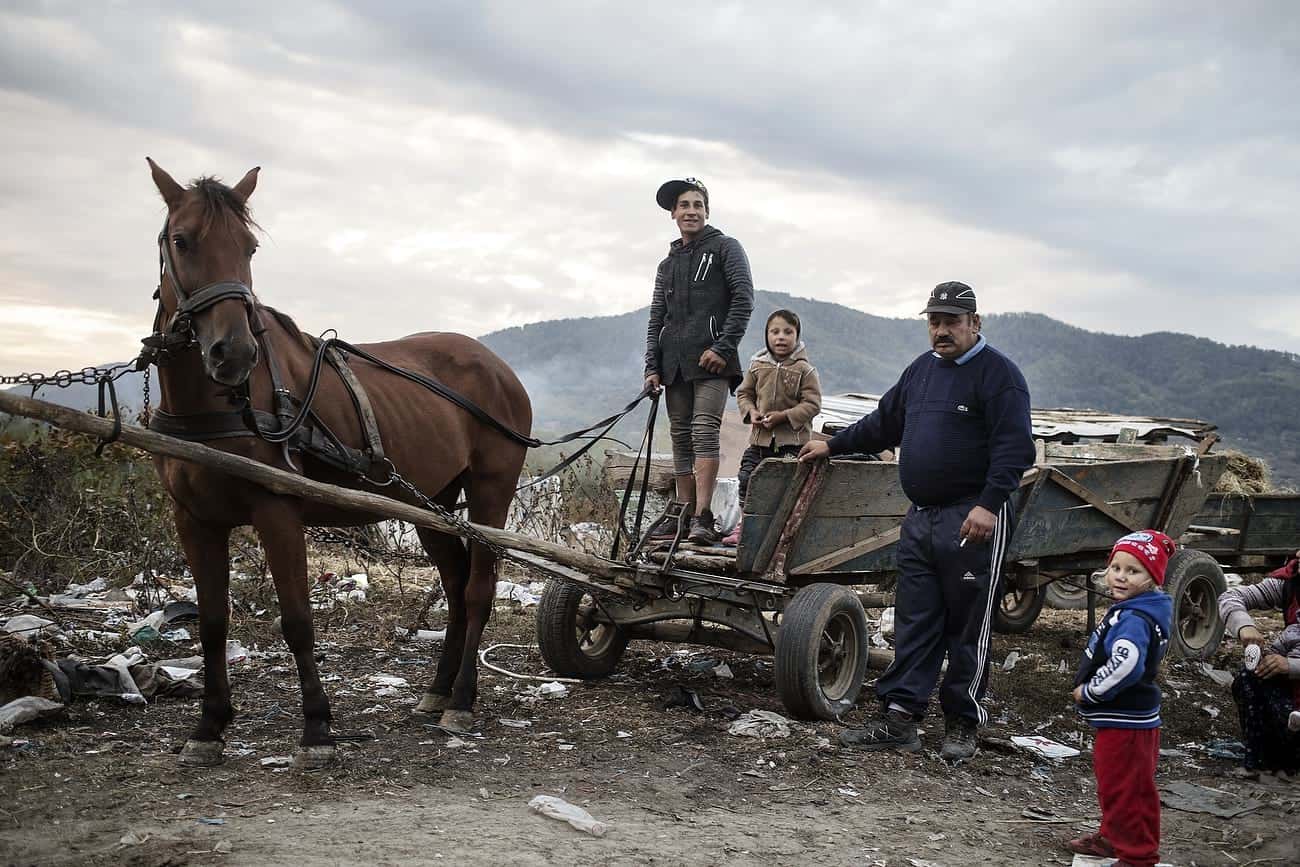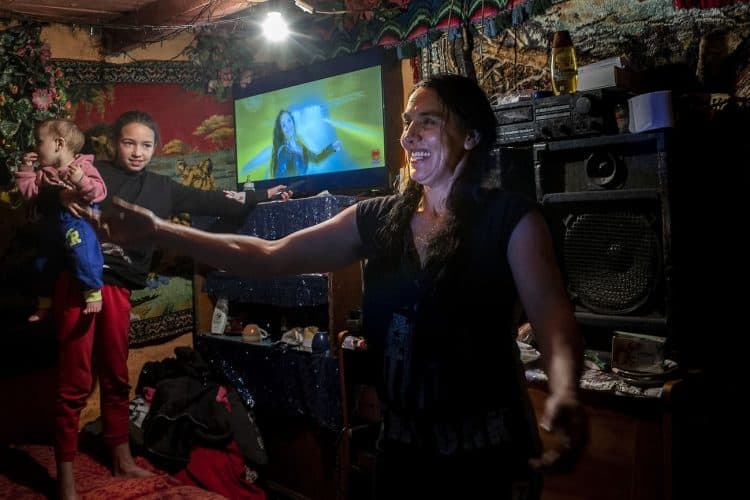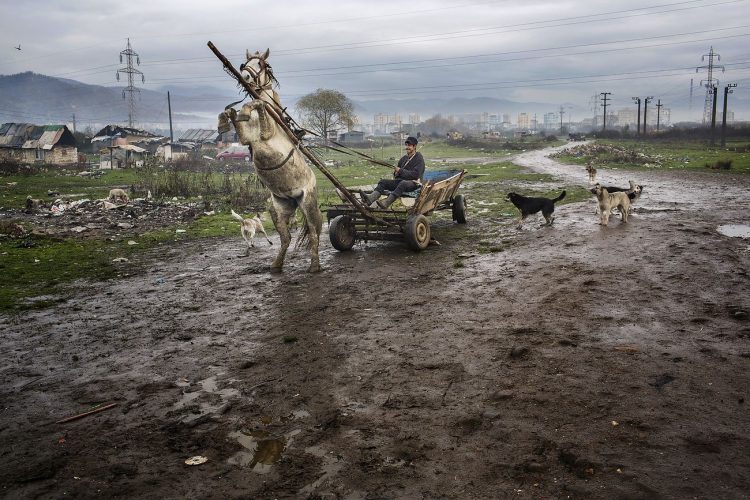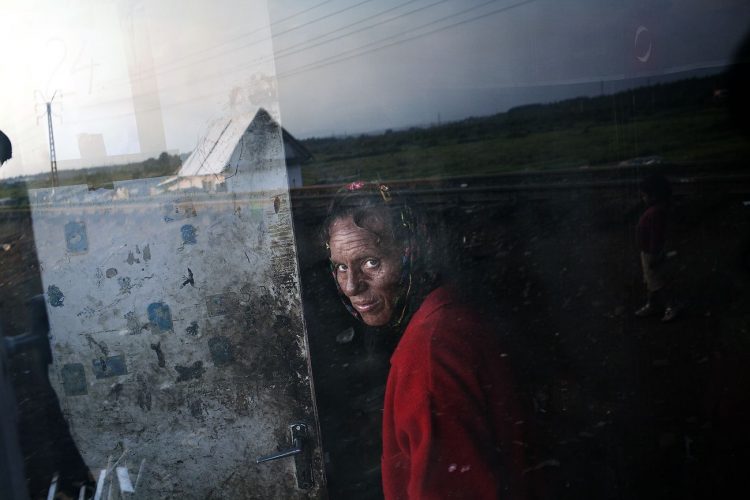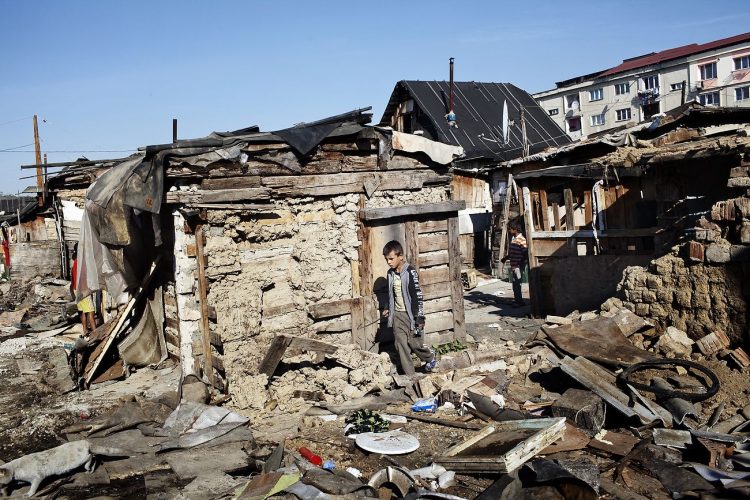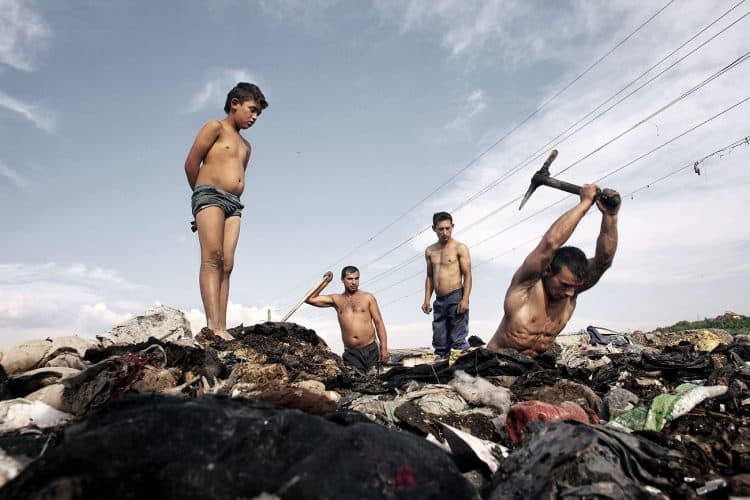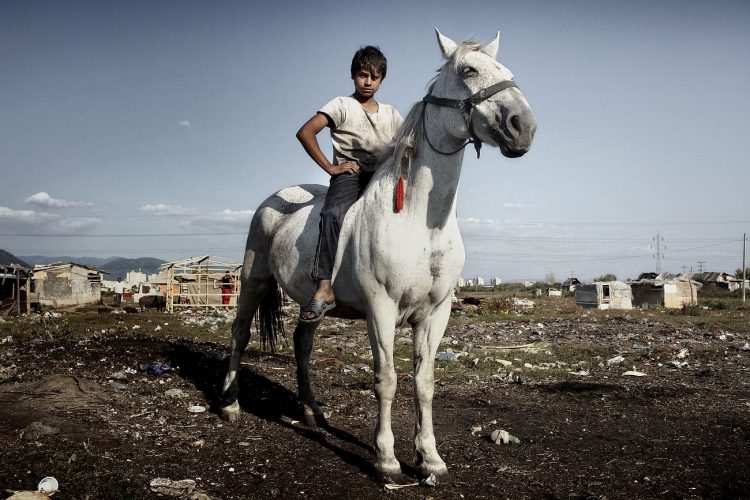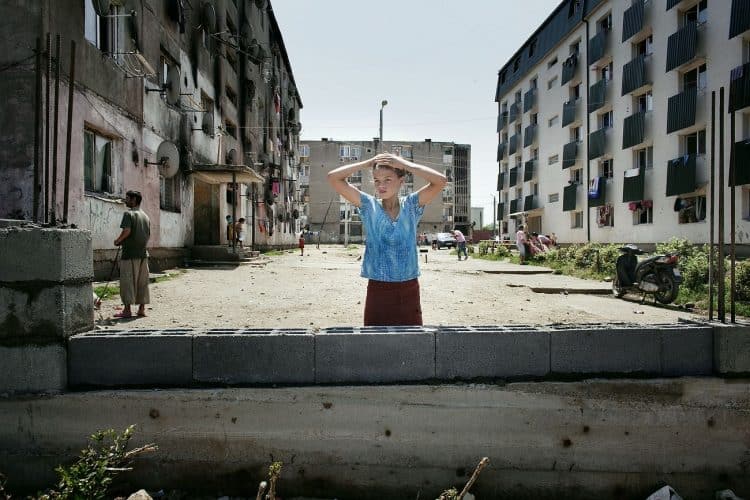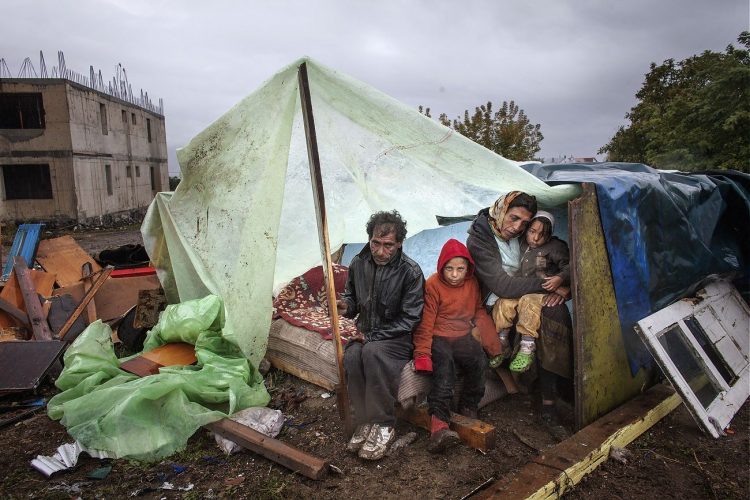He claimed that the Mayor of the city had asked him and his henchmen if they could make Varzariu “decide to leave”. Without Varzariu as witness the mayor could continue, without hindrance, his plan to evacuate a large Roma settlement known as Craica. Moving them on, to who knows where, so that he could create a “Picnic Area” as he had promised as part of his electoral platform. Pise claimed to have responded to the mayor by asking “Why should I do this?” he is only here to help the Roma.” The message was simple but Varzariu chose to ignore it.
The harassment continued for several days and took on various forms, from outright threats to Pise’s entourage working to convince and threaten other members of the Roma community to be uncooperative with Varzariu as they claimed he was, after all, only getting rich from their hardship, from their misery.
In an eventual showdown with Pise, Varzariu offered to give him all the pictures he had ever taken of Roma in the area, both current ones and those from previous assignments, provided that Pise and his family live for one year from the income generated by those pictures. The crowds that had gathered erupted with laughter and with the tensions diffused the threats were of no further use. So Pise and his henchmen faded into the background once again. “I am sure that Pise’s threats were only half hearted,” Says Varzariu, “No matter how much he told people I was only there to exploit them for my own gain, he could see my efforts to help the Roma were genuine, but he also had to be able to tell the mayor that he had tried to get rid of me.”
Though his work in Baia Mare has brought no financial rewards Varzariu was granted the status of Human Rights Defender by Amnesty International, a protection which would be helpful should the threats against him escalate.
His work with the Roma of Baia Mare continues and he has seen the discrimination against them take on many forms. He was present when the wall to segregate the Roma living in dilapidated social housing on the notorious Horea Street was built, with the sole purpose of creating a ghetto to separate the Roma from the rest of the city’s inhabitants. He was the sole witness to, and by virtue of bearing witness to the obviously illegal action, preventor of the failed attempt to liquidate the settlement at Craica. Alone too he saw moves to coerce and threaten Roma into leaving Craica for “accommodation” at Cuprom, a disused and contaminated soviet era copper factory. The relationships and trust he has earned over the years ensures that when he visits he really sees what is there, rather than seeing what is shown. Other journalists who visit, read the superficial appearance and speak to those designated by the authorities to speak to them, then make their assessments based upon that limited understanding.

